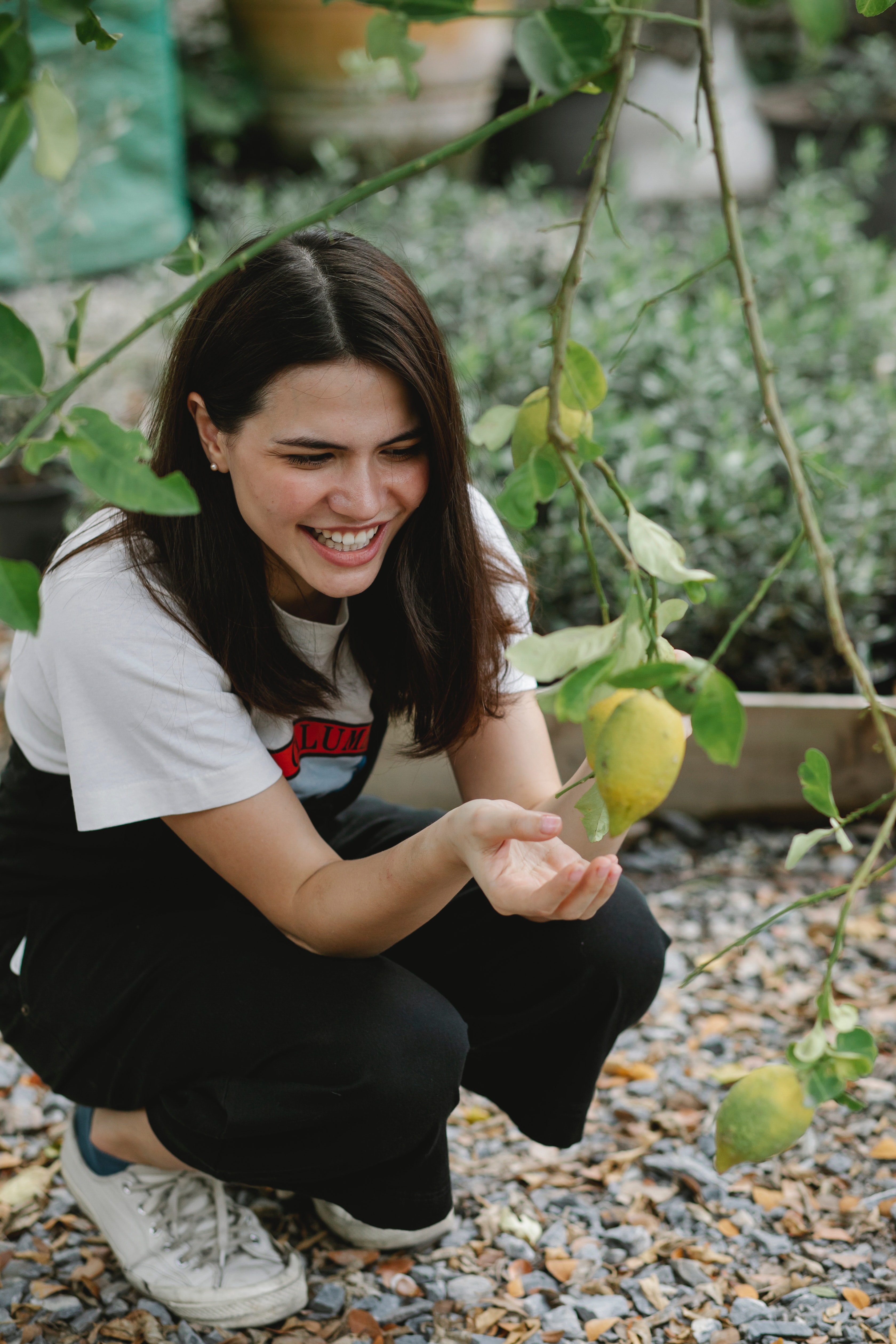
Tips for growing your own summer fruits
Tips for growing your own summer fruits
Fruit and summer go hand-in-hand. There’s nothing better than a fruit salad or a delicious smoothie on a hot day. You could attend your local market or grocery store and find a wide selection, but nothing compares to the satisfaction of harvesting your own crop.
Make the most of great weather and long summers with our tips for planting and enjoying the benefits of your fresh summer fruits, while also reaping the rewards long after summer has gone, with options such as freezing, preserving and making jams and condiments.
Choosing the right fruit
Do you often find yourself craving a particular fruit that’s hard to find at the supermarket? Growing your own fruit is a simple way to keep costs down and ensure there’s always enough for you and your family.
Deciding what fruit to plant in your garden can be subject to several factors, including taste, space, weather conditions and adequate lighting.
Many citrus and stone fruit trees require at least 6 hours of uninterrupted sunlight throughout the day, whereas raspberries, bananas, mandarins, and oranges are more adequately suited to partial shade.
Investing in fruit trees
Fruit trees provide flowers, fruit, and beneficial shade during the hot, Australian summer. Almost all fruit trees benefit from full sun, good soil drainage, and enough room to thrive.
Plant your trees with enough space in between, keeping them away from other plants, fences, and infrastructure. Plan your garden according to the size of the mature plant. Maintain adequate drainage by adding organic matter, including kitchen compost, garden compost, and well-rotted manure to your soil.
Save on citrus and stone fruit trees by purchasing bare-rooted varieties during winter. Soak the tree in a large container of water before planting it in a hole large enough for the tree roots and any organic soil. Water your tree well.
Citrus and stone fruit trees are self-fertile, which means they will produce fruit even if they are grown in solitary conditions (away from other trees).
Apple, pear, cherry, and plum trees require a cross-pollinator to bear fruit. Cross-pollinating includes transferring pollen from the flowers of one plant to another. These trees are best suited when planted among other flowering fruit trees, as the proximity is ideal for the wind and other cross-pollinating sources. Bees are expert cross-pollinators. Invite bees into your garden by planting plenty of native Australian flowers and abstaining from insecticides.
A berry good choice
Summer berries include blueberries, blackberries, raspberries, and strawberries. All summer berries thrive whether they are planted in the garden or plant pots. Ensure your berries are planted in direct sunlight. Raspberries are the only berries that require partial shade. To ensure healthy, fruiting plants, maintain nutrient-dense, freely draining soil.
Growing olives
Did you know olives are regarded as fruit? These European diet staples are packed full of Vitamin E and antioxidants beneficial for heart health. Olives thrive in long, hot climates just like their native Mediterranean conditions. Plant your olive trees in full sun, where the fruits find at least 6 hours of light. Keep protected from strong winds with a stake as support or by planting among other tall plants.
Caring for your trees
Lightly prune your fruit trees right after you’ve collected your summer crop. Only prune where necessary though, as severe pruning during summer may weaken the trees.
Keep significant pruning to winter to fix any issues, including dead wood and broken or tangled branches.


